It’s an age-old question asked by many who visit any city: where is its center? This seemingly simple question can pose quite a challenge when trying to understand the varying structures and layouts of cities across the globe. For some, finding this central point is essential to help them navigate their surroundings, familiarize themselves, or find the best areas to stay.
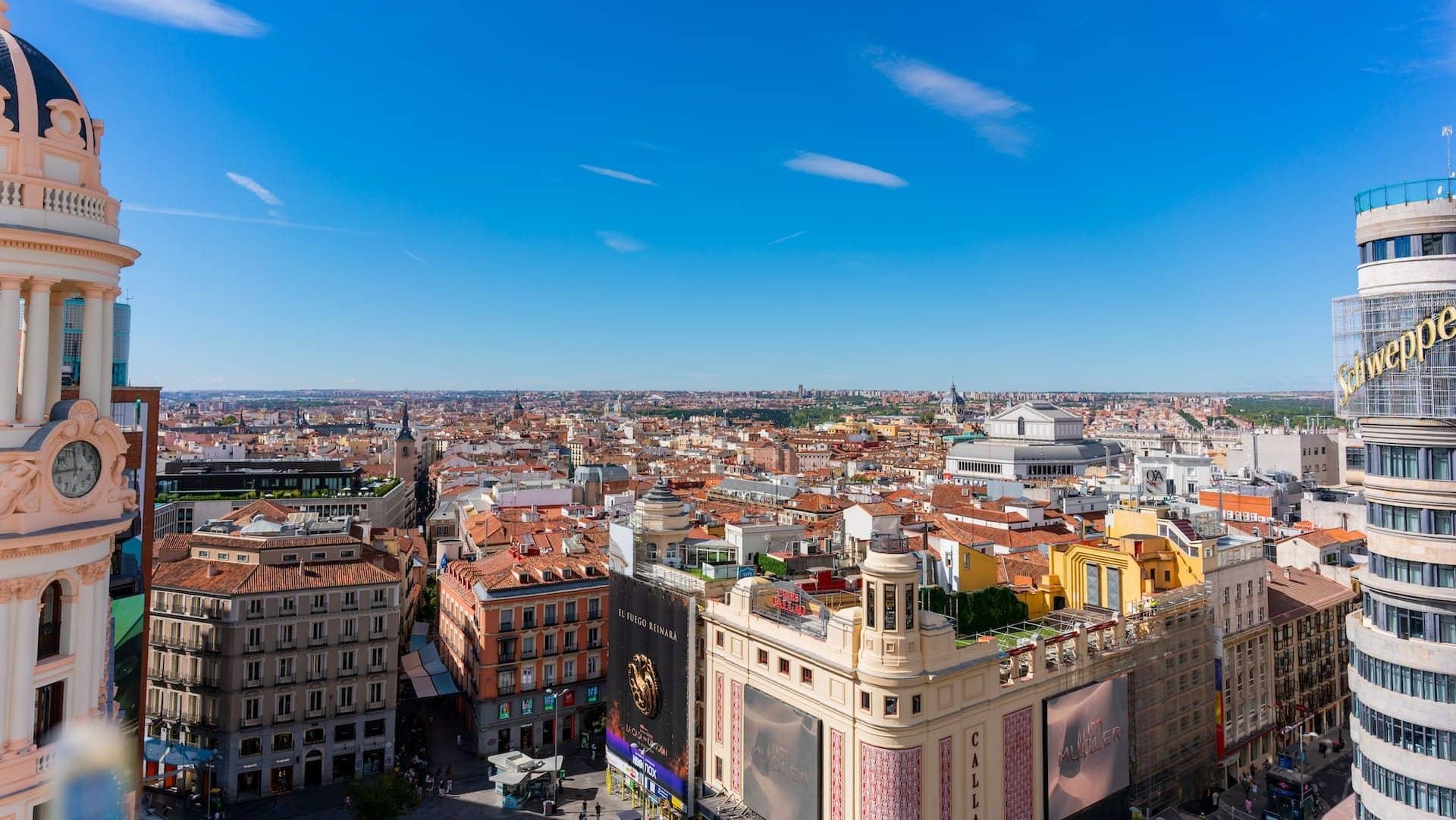
This task seems more manageable in Madrid than in cities like London or Berlin. A useful hint can be found in the name of its centermost district, creatively called Centro.
Despite this helpful clue, it would be best not to let the apparent simplicity deceive you. While Madrid’s Centro district name might offer guidance on locating a city center, there are still a few nuances to it.
What is Madrid’s Official Center?
When people mention Madrid’s city center, they most likely refer to Distrito Centro. This administrative district comprises six neighborhoods: Palacio, Embajadores, Cortes, Justicia, Universidad, and Sol. Distrito Centro covers many historical and cultural landmarks, such as Gran Vía and Plaza Mayor, but leaves out other significant areas, including La Castellana, Chamberí, Retiro Park, and El Prado Museum.
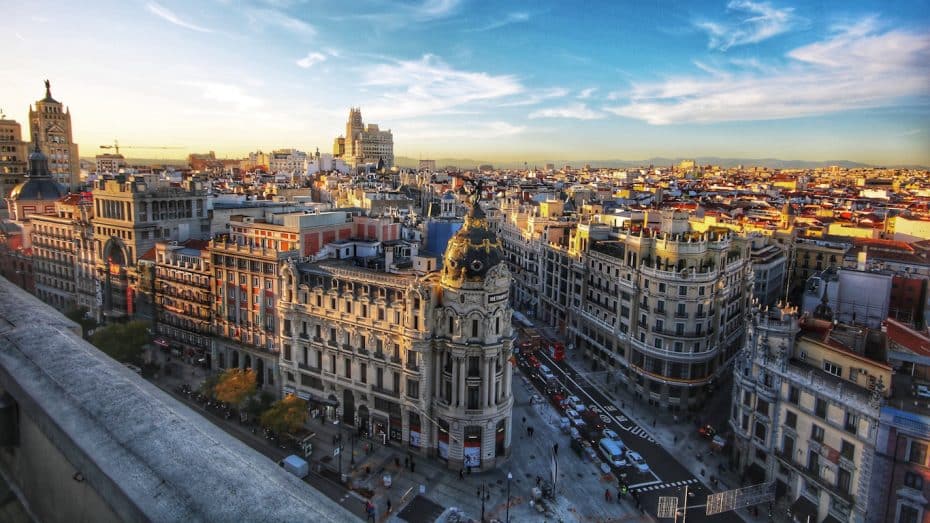
Barrio de Sol is the epicenter of Madrid’s Centro District. It’s a lively neighborhood characterized by bustling streets and vibrant energy. Puerta del Sol and Plaza Mayor are located here. Adjacent to Barrio de Sol lies Barrio de Palacio, home to Madrid’s Royal Palace. Architectural marvels such as Almudena Cathedral and Plaza de España add to the refined atmosphere of this neighborhood.
Universidad / Malasaña is another neighborhood in Madrid’s Centro District with a distinct personality. This barrio has a reputation for being trendy and bohemian with an edgy twist. Another vibrant area within Centro District is Justicia / Chueca – best known as the center for Madrid’s LGBTQ+ community. This progressive neighborhood features lively nightlife venues along Calle Pelayo, colorful street art, and numerous modern cafes that cater to an open-minded crowd.
Meanwhile, Cortes / La Latina makes up Madrid’s oldest neighborhood – with narrow streets winding through historical buildings and plazas lined with tapas bars. Last but not least, Barrio de Embajadores is known for its multicultural atmosphere and the famous El Rastro flea market and Lavapiés area.
What is Madrid’s Historic City Center?
Madrid’s Historic City Center is articulated around Barrio de Sol and Madrid de Los Austrias. Sol is the smallest of the quarters that make up the Centro district and one of Madrid’s most vibrant and bustling neighborhoods. Its history dates back to the foundation of the city.
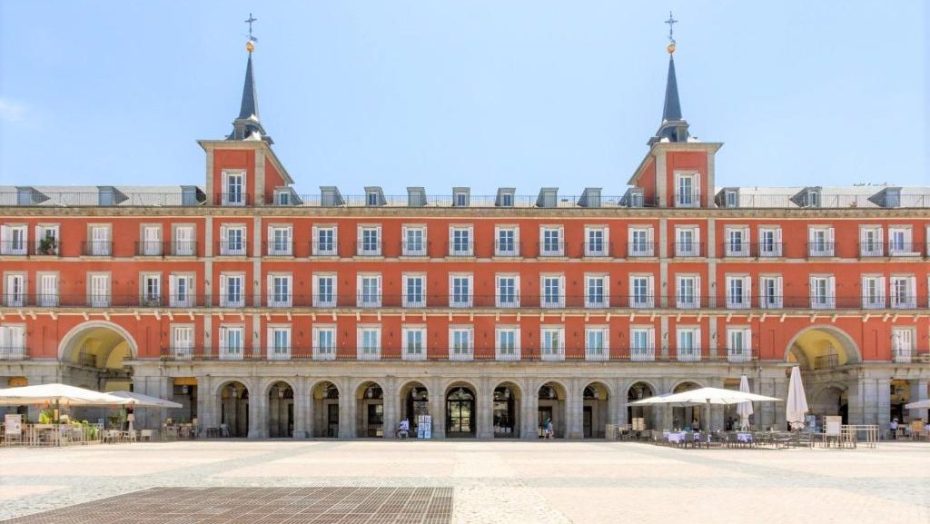
On the other hand, Madrid de Los Austrias refers to a more loosely defined area that covers parts of Sol, Palacio, and La Latina. The term has its origins in the 16th-century reign of the Habsburg Dynasty. The Habsburgs, or “Austrians,” ruled Spain for nearly 200 years (from 1516 until 1700), and under their rule, Madrid flourished as a royal capital.
King Philip II moved his court to Madrid in 1561, which marked a crucial turning point for the city’s development. Many architectural projects were undertaken; grand palaces and impressive buildings emerged across Madrid de Los Austrias. Some places worth mentioning are Almudena Cathedral, Royal Palace, Plaza Mayor, and Plaza de la Villa. These landmarks encapsulate various centuries of Spanish architecture, from Gothic to Renaissance and Baroque styles.
What is Madrid’s Geographical Center?
Madrid’s geographic center is known as Puerta del Sol, which translates to the “Gate of the Sun.” It holds significant importance due to the presence of Kilómetro 0, a point that marks the center of all radial Spanish roads. The plaque indicating Kilómetro 0 can be found on the square’s pavement, making it an iconic symbol of the city.
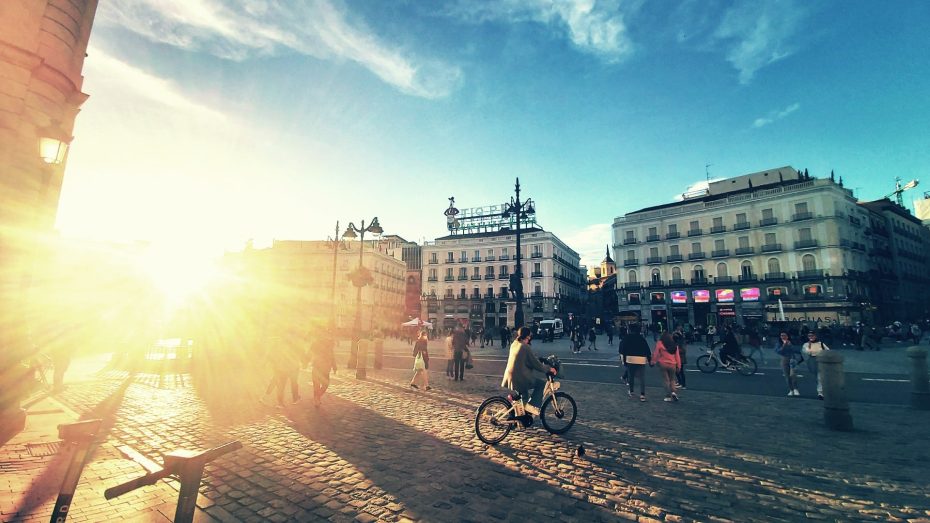
Puerta del Sol is considered Madrid’s geographic center because of its historical and practical significance. During the 15th century, when Madrid was a walled city, Puerta del Sol formed part of its eastern boundary. It acted as one of the gates providing access to the city. The name itself originates from the rising sun’s symbolism, as this particular gate faced east.
Furthermore, Spain has a radial road network that comprises six main highways emanating from its capital and connecting various regions. Kilómetro 0 serves as the point of origin for these highways, reinforcing Puerta del Sol’s status as Madrid’s geographic center.
In addition to its literal centrality, Puerta del Sol also functions as a hub for political, social, and commercial activities within Madrid. It has fostered a sense of unity, with events such as protests and New Year celebrations taking place there regularly.
What Would a Local Consider the City Center of Madrid?
If you asked a Madrileño, “What is the center of Madrid?” They might respond with the Centro District being considered the central hub for many locals. After all, Centro District does house some of Madrid’s most famous landmarks like the Palacio Real, Plaza Mayor, and Puerta del Sol, making it a strong contender for being the city’s heart.
Nevertheless, when considering other parts of Madrid that hold significant importance to locals, areas like Atocha, Chamberí, El Retiro, and Barrio de Salamanca portray their own charm and sense of centrality.
What is Madrid’s Financial Center?
Madrid is famous for its culture, history, and as a significant economic and financial hub. In that regard, Paseo de la Castellana, Madrid’s answer to the Central Business District found in other places around the world, would be considered the city center.
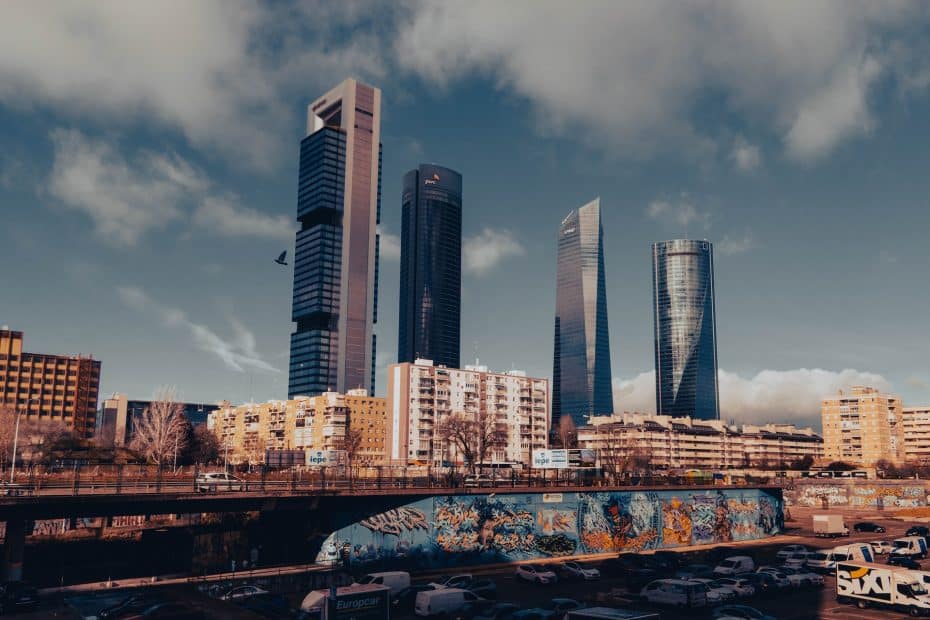
The Paseo de la Castellana is a prominent avenue running through the center of Madrid. It is home to numerous important financial institutions, multinational corporations, government offices, and embassies.
Two notable areas within the Paseo de la Castellana that exemplify Madrid’s economic and financial prowess are AZCA and Cuatro Torres. AZCA, known as Madrid’s financial district, features modern architecture and skyscrapers such as Torre Picasso, Europa, and Torre BBVA. Further north along Paseo de la Castellana lies the imposing Cuatro Torres Business Area, a remarkable skyline-defining cluster of four skyscrapers. These towers – Torre Cepsa, Torre PwC, Torre de Cristal, and Torre Espacio – stand as symbols of Madrid’s economic prowess and house leading global companies within their shimmering glass facades.



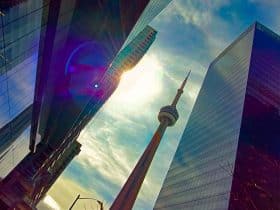
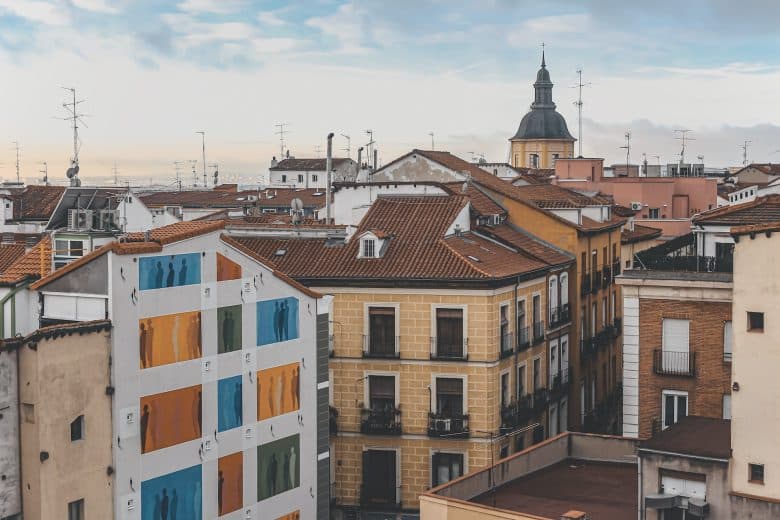
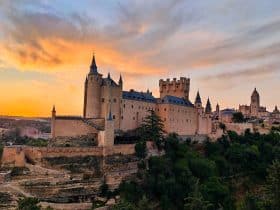
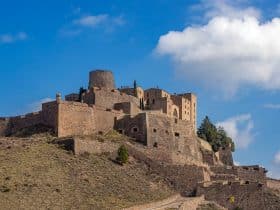
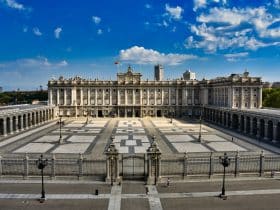
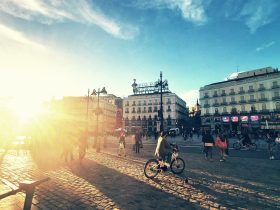

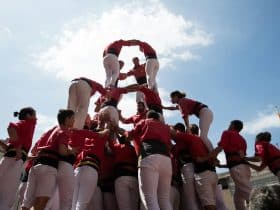
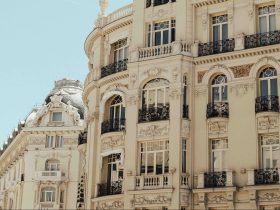
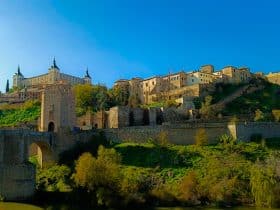
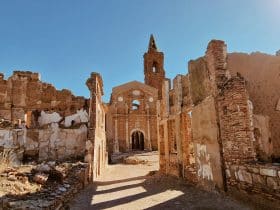
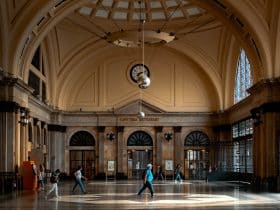
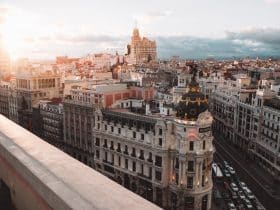
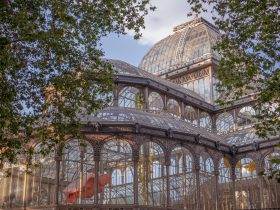



















Leave a Reply
View Comments